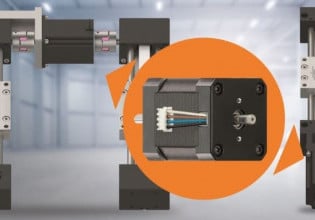B
Dear folks,
I would like to know or I would like to get different view about the subject of choosing the appropriate configuration of the Mark VIe developed by GE.
GE propose simplex, dual and TMR, which is the more suitable configuration for my application. Before choosing should I cheek the most reliable and cheapest one. I would like to have opinion and experience of engineer who has dealt with this situation.
Thanks in advance
I would like to know or I would like to get different view about the subject of choosing the appropriate configuration of the Mark VIe developed by GE.
GE propose simplex, dual and TMR, which is the more suitable configuration for my application. Before choosing should I cheek the most reliable and cheapest one. I would like to have opinion and experience of engineer who has dealt with this situation.
Thanks in advance






